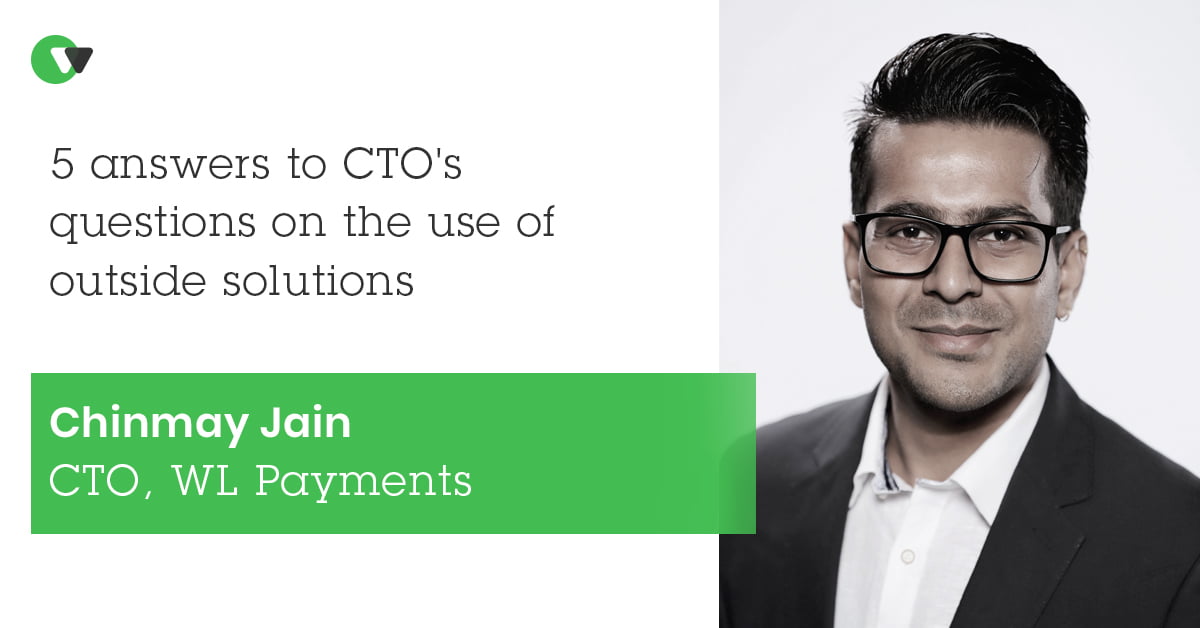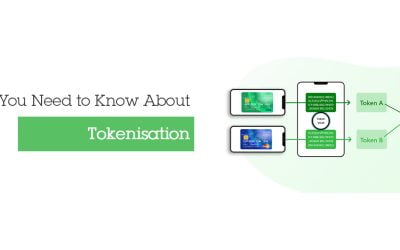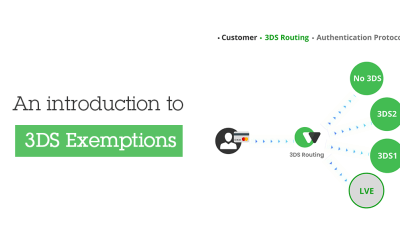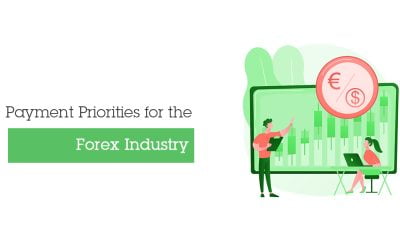
5 things a CTO wants to know about outside solutions
The Chief Technology Officer (CTO) of WLPayments discussing the role of the CTO in maintaining a high-quality payment platform
The payments landscape is evolving quickly and thus the CTOs are under more pressure than ever to keep up with the changes while performing their regular tasks simultaneously. We got a chance to talk to the CTO of WLPayments, Chinmay Jain, about these new challenges presented to CTOs and discuss what the payment platforms can offer to make their jobs easier.
Some CTOs believe that if a system was not developed by their own team it is not as good. What are the benefits to CTOs of outside solutions?
Chinmay Jain: Most CTOs already have a lot on their plate, so whenever something new comes to the payment space, it might be burdensome to take on new development projects. For example, one can look at 3DS2 that has various benefits such as significantly reducing the number of chargebacks while increasing the revenues and making the company PSD2 compliant as well. Evidently, the benefits are immense but implementing 3DS2 yourself might significantly slow down growth as it would take a lot of time and domain expertise, require a new dedicated team and the benefits versus costs to the CTO might not be as large, although the whole company could benefit. This is where the outside solutions can prove to be useful by providing these innovative features to CTOs such as Split Payments, One-tap Payment, 3DS2, flexible 3DS or iFrames. Choosing outside solutions means that CTOs do not need to allocate resources for the development of these technologies since the outside team is already working on it.
What qualities are CTOs looking for in payment solutions to make their work easier?
Chinmay Jain: First of all, robustness is extremely important to CTOs, because no matter how well-equipped the system is, if it fails, the revenues will be lost. Ultimately, this will be detrimental to the company. Next, agility is another essential quality; payment gateways should be flexible enough to open new partner markets for the CTO. Payment gateways should have multiple connections, but even if they do not, the time to market that they can bring a new connection to life should be fast enough. Therefore, a payment gateway should not be a bottleneck for expansions in new markets. Lastly, payment systems should be proactive and keep up with the fast-paced developments such as new innovations and regulations. What CTOs are looking for is not just a payment system but a partner that will help them out when new challenges arise.
Most CTOs are overloaded and overworked and are not open to changes if they do not need to. What could make their work easier and still give them a sense of control?
Chinmay Jain: This is true, most CTOs are overloaded and thus are mainly focused on their own technologies, while payments are often not a part of the concerns unless and until the payment provider really screws up. In order to make their work easier, a payment gateway should provide plugins and assistance to integrate with their system faster and provide better analytics about their payments. By providing the information on the customers that the business should focus on or the areas where it can improve, the system can help pinpoint the areas where the business is losing revenue. It is the responsibility of a payment gateway to highlight these areas and provide suggestions on how to improve the conversion rates, making the CTO’s job easier, while ultimately the decisions remain in their hands, allowing to maintain the sense of control.
In what way do new regulations and standards impact the CTO and his responsibilities?
Chinmay Jain: The CTO’s job is to keep up with the market and to always comply with the new regulations and standards. If a CTO is reluctant to connect to outside solutions, this burden falls solely on him and the department, while if a CTO works with outside solutions, the responsibility is shifted to the gateway. Therefore, new regulations and standards such as GDPR, PSD2, CCPA, etc are of great importance to CTOs whose platforms are developed in-house as being non-compliant to these regulations could do much harm to their businesses, whereas they are less important to CTOs who work with outside partners, as the partners take over the modifications required for compliance.
What developments in the payments sector should CTOs be aware of and how can they address these developments?
Chinmay Jain: Over the last years, the payment platforms have been developing fast with new innovations constantly coming to markets such as splitting, routing, machine learning, and 3DS2. All of these developments have reduced the number of chargebacks, fraud instances, and improved conversion rates. The CTOs should be aware of this, as the benefits are large and not implementing these changes can be costly for their companies. However, it might be challenging for a CTO to keep up with all the changes, especially, if they are not in the payments sector or for whom payments are not their key tasks. This is where a payment gateway comes in, as choosing the right partner can always help them stay one step ahead.
5 things a CTO wants to know about outside solutions
Leave your questions
FEATURED PAGES
All you need to know about Tokenisation
All you need to know about Tokenisation Tokenisation refers to replacing sensitive account and card information with an alternate code, i.e., a “token”, which shall be unique for a combination of card, token requestor, and device. What is a Token? To put it simply,...
An introduction to 3DS Exemptions
An introduction to 3DS Exemptions Ease of use and better security are two of the most essential characteristics for an online payment transaction. Keeping this in mind, SCA i.e, the Strong Customer Authentication, which came into force from January 2021 in the EU and...
Payment priorities for the forex industry
Payment priorities for the forex industry According to the Triennial Central Bank Survey of FX and OTC derivatives markets, The Forex industry is the biggest financial market globally – even larger than the stock market, with a daily transaction volume of $6.6...



